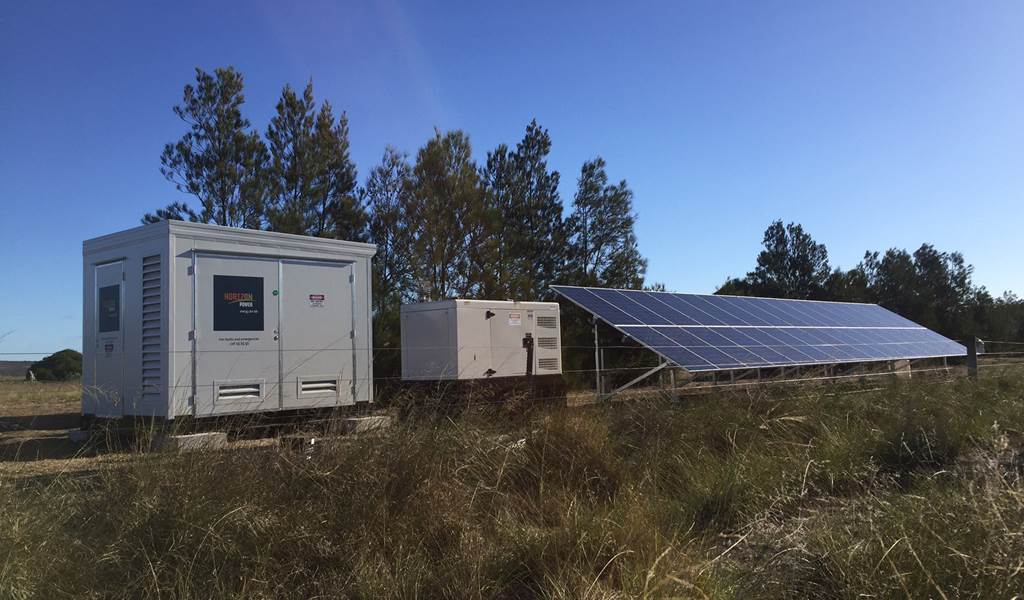
The iconic Fitzgerald National Park west of Hopetoun will soon be powered by renewable energy as Horizon Power starts to expand its standalone power systems to regional and remote customers across Western Australia.
The park is set to receive a state-of-the-art standalone power system (SPS) consisting of solar panels, lithium battery storage and back-up diesel generation, which will provide power to the ranger station inside the park entrance.
Horizon Power led the way in Western Australia with this renewable technology solution when it developed an emergency response for five Esperance customers who were impacted by the 2015 bushfires. Hundreds of power poles and kilometres of powerlines were destroyed during the fires.
Horizon Power is now working with other customers in regional and remote Western Australia to remove poles and wires where this will provide a more efficient and cost-effective grid for all our customers. Recent CSIRO research has shown that a traditional grid connection will remain critical for most customers over the coming decades. However, at the remote fringes of our isolated systems, or microgrids, replacing older poles and wires with standalone power is becoming viable today.
The SPS at the Fitzgerald National Park will replace four kilometres of power line, some of which crosses over the Culham Inlet at the Park, making it difficult to access for maintenance purposes. With the recent floods, the park is now inaccessible from Hopetoun, as a result of the causeway across the inlet having been completely destroyed.
Horizon Power General Manager Consumer Energy Mark Paterson said 21 power poles and 20 bays of powerline would have required replacement this year. They will now be removed and replaced with the standalone power solution expected to be delivered by the middle of the year, improving aesthetics at the park at the same time.
The SPS for the Fitzgerald National Park consists of 10 kilowatts of solar panels, 25 kilowatt hours of battery storage and 15 kVA of back-up diesel generation.
“While a traditional ‘poles and wires’ connection will remain the most cost-effective solution for the majority of electricity customers, a solar and battery-powered SPS solution with diesel back-up generation is more cost-effective for particular customer types, for example those located very remotely on the outer fringes of the electricity grid,” Mr Paterson said.
Mr Paterson said the business was excited to be working in partnership with the Department of Parks and Wildlife at Fitzgerald National Park, following the successful installation of an SPS at the Cape Le Grand National Park in March last year. The powerline to the rangers’ station at the Cape Le Grand National Park was decimated by the Esperance bushfires in November 2015. Its SPS has been operating effectively now for almost a year.
Customers with standalone power systems pay the same uniform tariff as other West Australians. The Department of Parks and Wildlife system will be operated and maintained by Horizon Power and will become part of the Hopetoun network.
For media queries, call 1800 799 745.